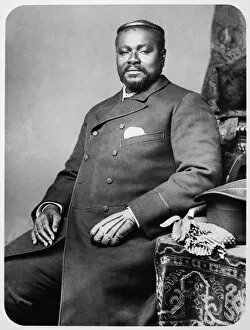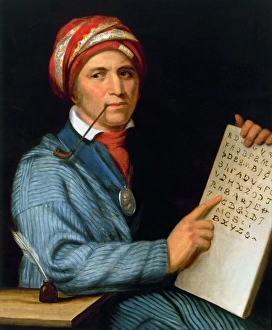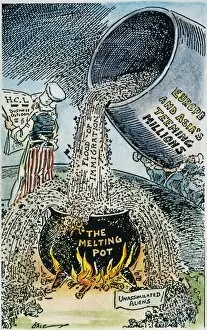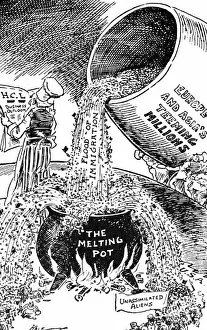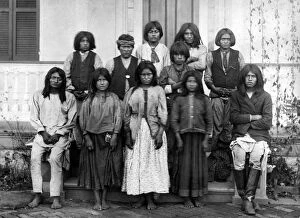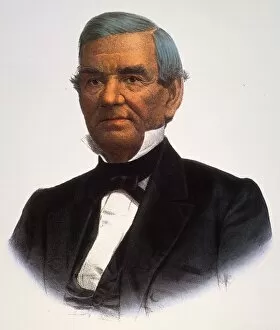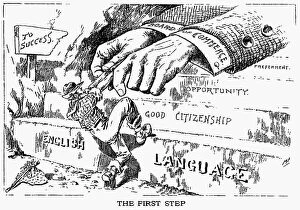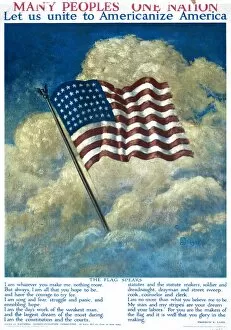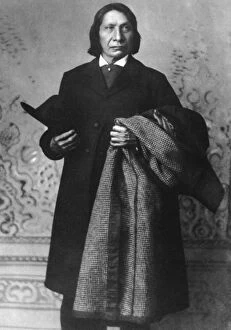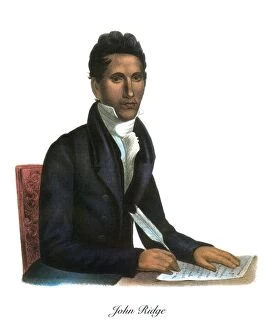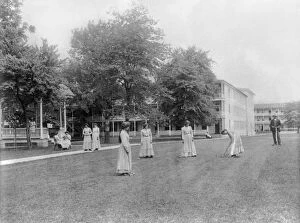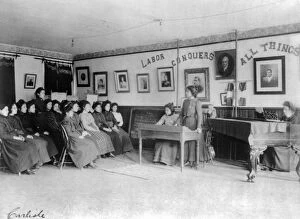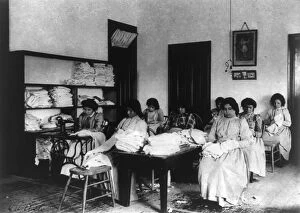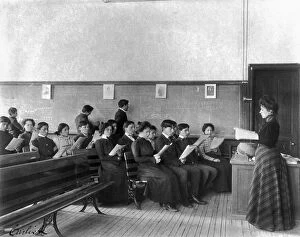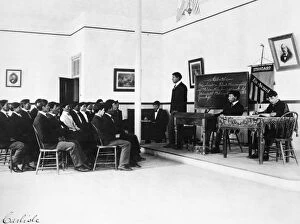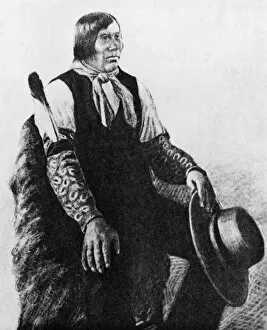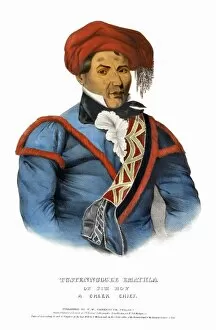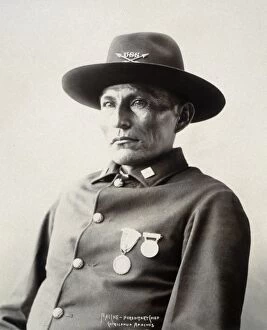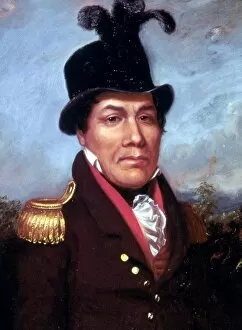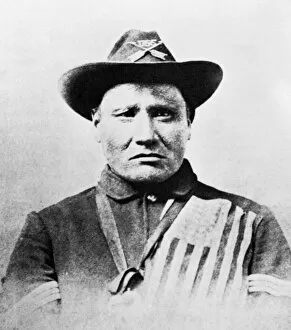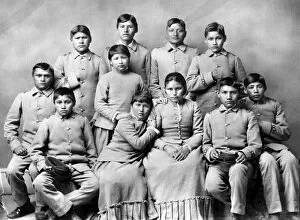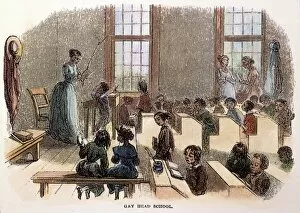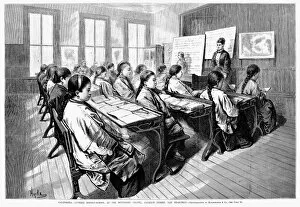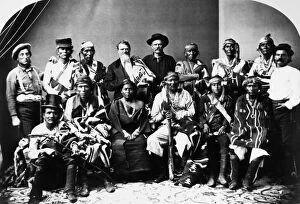Americanization Collection
"Americanization: A Journey of Assimilation and Cultural Transformation" The concept has shaped the nation's history
All Professionally Made to Order for Quick Shipping
"Americanization: A Journey of Assimilation and Cultural Transformation" The concept has shaped the nation's history, as individuals from diverse backgrounds have sought to integrate into the fabric of American society. From influential figures like Cetshwayo, the last Zulu King, to Sequoya, a Native American scholar who developed the printed Cherokee alphabet, this process has been marked by both challenges and triumphs. In the early 20th century, an anti-immigration cartoon titled "Spoiling the Broth" depicted concerns about immigrants failing to assimilate into America's melting pot. This sentiment was echoed in a critical American cartoon from 1921 that highlighted how mass immigration led to difficulties in achieving national unity. Efforts were made to facilitate integration through institutions such as the Carlisle Indian Industrial School in Pennsylvania. Here, Apache and Sioux children arrived dressed in western clothing with hopes of embracing American culture while preserving their own heritage. These schools aimed at imparting skills necessary for success within mainstream society. During World War I, a poster boldly proclaimed "Many Peoples - One Nation. Let Us Unite to Americanize America, " emphasizing unity amidst diversity during times of conflict. Additionally, Americanization classes provided recent immigrants with opportunities to learn English and familiarize themselves with customs essential for full participation in their new homeland. Notable individuals like Jim Thorpe showcased how successful assimilation could lead to remarkable achievements. Thorpe's athletic prowess transcended cultural boundaries as he became one of America's greatest athletes despite his Native American heritage. However, it is important not to overlook those who resisted forced assimilation efforts imposed upon them. Figures like John Ross and Elizabeth Ross fought tirelessly for Cherokee rights while maintaining their distinct identity within an ever-changing landscape. In essence, "Americanization" encapsulates a complex narrative where different cultures converge and adapt over time. It reflects both struggles faced by newcomers seeking acceptance and successes achieved when embracing the American way of life.

